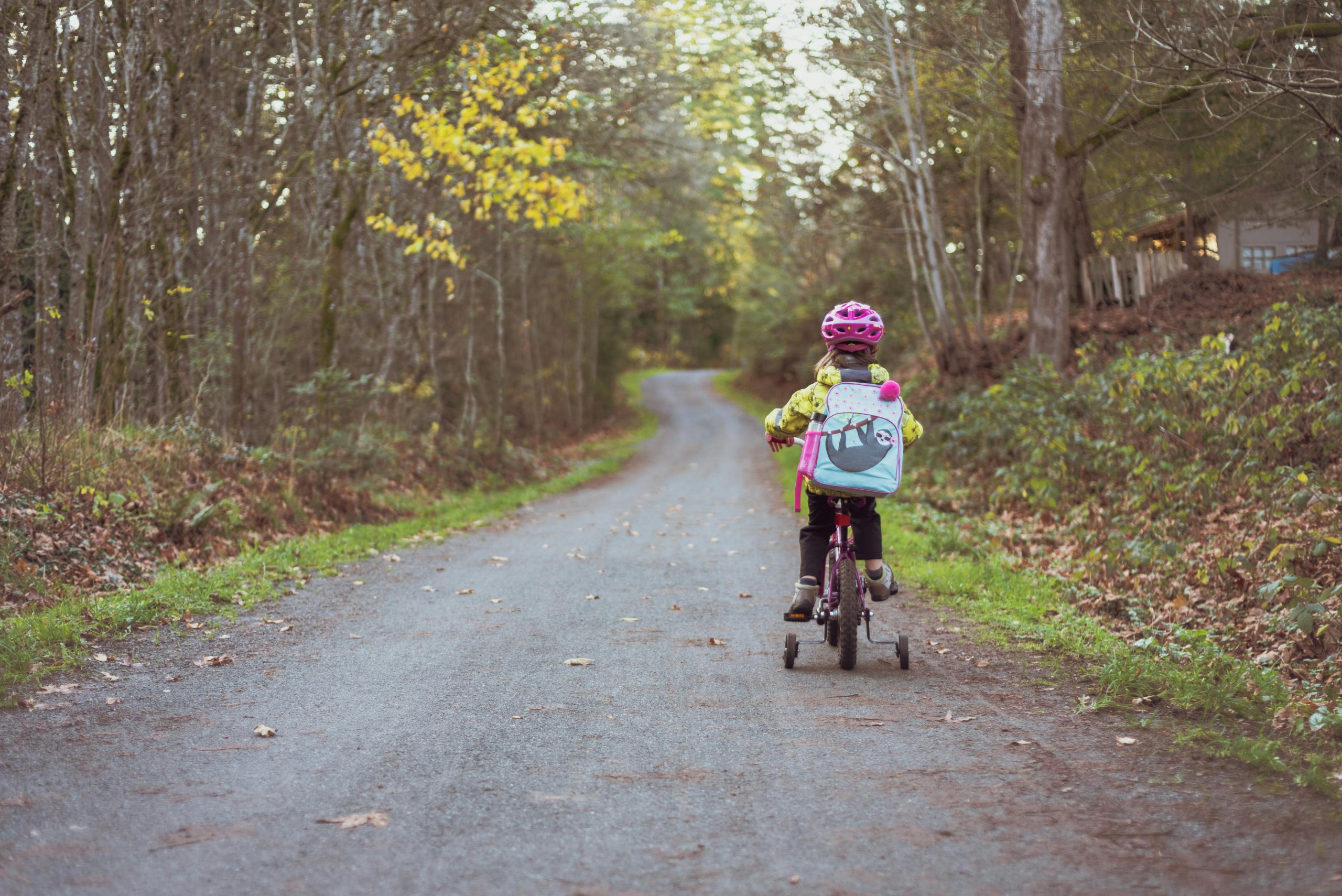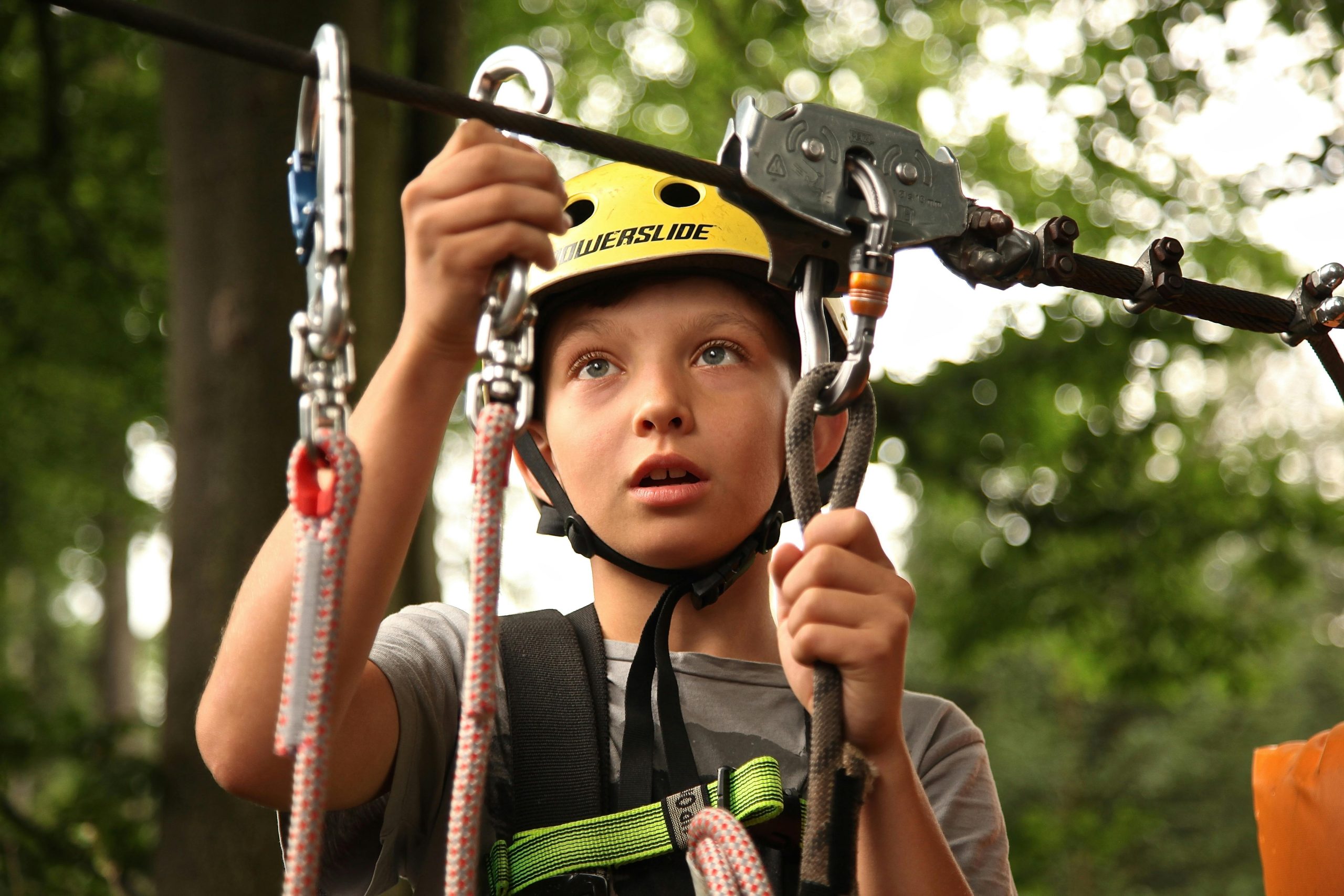An Overview of Child Personal Safety

It is crucial to instill personal safety principles in children at a young age. It equips kids with the skills they need to face the world with confidence and builds the groundwork for a lifetime of awareness. We’re going to investigate a range of approaches, all aimed at giving our children the information and abilities they require to stay safe. As the main instructors and guardians on this trip, parents, teachers, and caretakers are vital figures. Together, we can make sure that our kids are not just aware of such threats, but also equipped to handle them. The techniques we’ll go over are meant to be interesting and educational, so learning will be fun and efficient. Together, let’s set out on this important journey to create an atmosphere in which everyone prioritizes and shares responsibility for personal safety.
Tips for Instructing Kids on Personal Safety

Creating Transparent Communication
- It is important to encourage kids to talk about their emotions and experiences. It makes a space where they may voice their worries without worrying about being judged.
- We create the foundation for trust and understanding by encouraging this candid conversation. When teaching kids the distinction between “good secrets” and “bad secrets,” this trust is essential.
- While bad secrets could frighten or unnerve people, good secrets might be surprises, such as a planned birthday celebration. It’s critical that they understand that discussing the latter is always acceptable.
Children can effectively be helped to practice expressing discomfort or anxiety through role-playing settings. They can investigate their emotions and responses using this technique in a safe, encouraging setting. Children can learn how to handle awkward interactions by role-playing different scenarios, which helps to reinforce the idea that their feelings are real and significant. By practicing, they become more confident speakers and are more prepared for interactions in the real world.
By using these techniques, we provide our kids the resources they require for personal safety. We can help our children feel safe and heard by practicing through role-playing, having open communication, and comprehending the nature of secrets. Remember that the objective is to develop a knowledgeable, alert, and self-assured young person who is prepared to face the outside world as we continue to examine further tactics.
Understanding and Honoring Individual Limitations

- A key component of personal safety education for kids is teaching them about limits and personal space. It’s about educating kids about the importance of respecting everyone’s comfort zone, which is an unseen bubble.
- Said simply, this idea gives kids the confidence to respect others’ boundaries and recognize their own. It serves as a lesson in empathy and self-awareness, two things that make a community safe.
Consent is another essential idea. It’s about educating kids that saying “no” is acceptable and that it’s also crucial to accept “no” from other people. Little, daily decisions are where this education begins: allowing them choose whether or not to accept an embrace, for example. It’s an easy, yet effective, approach to start teaching kids about consent at a young age.
- Boundary-setting and boundary-respecting exercises can be entertaining as well as instructive. Playing role-playing games allows kids to say no in a variety of situations, and these are especially powerful.
- Drawing their personal space bubble and talking about what and who they feel safe letting in is another exercise. These exercises help kids communicate their thoughts and desires honestly while also reinforcing the idea of boundaries.
We develop a comprehensive strategy by including these tactics into our larger discussion on personal safety. Not only do kids learn how to go around safely in the world, but they also learn how to treat others and themselves with respect. It’s a foundation that will support wholesome communities and relationships for them for the rest of their life.
Technology and Social Media Safety

Given the pervasiveness of social media and the internet in today’s digital age, it is crucial to inform kids about the risks associated with these platforms. A safer digital experience begins with an understanding of the risks connected to online activity. It’s about teaching our children to behave respectfully and cautiously in the huge world of the internet.
Establishing guidelines and limits for online activity is essential. In order to do this, it must be made clear what is and is not acceptable, including the websites that are safe to view and the maximum amount of time that can be spent online. These guidelines help instill discipline in kids’ internet interactions while shielding them from offensive content.
It is equally crucial to promote critical thinking on information and interactions found online. It is important to instill in kids the confidence to challenge the accuracy of the information they find online and to avoid approaching strangers. This encourages a healthy skepticism and gives them the ability to choose the people and information they engage with wisely.
By incorporating these tactics into our larger discussion on personal safety, we make sure that our kids are not only aware of the possible risks associated with social media and the internet, but also have the information and abilities necessary to use technology in a responsible and safe manner. It’s an investment in their digital welfare, making sure kids develop into knowledgeable, responsible, and polite digital citizens.
Constructing a Support Network

A child’s strong support system, made up of dependable adults in a variety of areas of their lives, is the cornerstone of their personal safety. Finding these people is an essential first step. They might be community leaders, educators, coaches, or relatives. Each has a distinct function, providing a secure space where kids can voice their worries and look for direction.
- The importance of the community in a child’s safety network cannot be emphasized. It serves as a safety net, offering a group watchfulness that keeps our children safe. With so many resources available to them, children feel safe and supported in this community-based approach.
- Teaching kids how to ask for assistance is just as crucial. It’s about giving children the confidence that asking for help is not just acceptable but even encouraged. This idea is essential. It guarantees that kids comprehend the significance of seeking help when they are uncertain or in danger. We give kids a vital tool for managing the complexity of the world by teaching this awareness.
We establish the foundation for a thorough approach to personal safety with these tactics. It’s a team effort involving the kids themselves, the larger community, and reliable adults. By working together, we build a safeguarding ecology that gives our kids the confidence and security they need to face the outside world.
To sum up
Developing children’s safety skills is a joint endeavor. It cultivates the fortitude and self-assurance necessary for their development. We help children develop into watchful and polite people by incorporating techniques like open communication, boundary setting, safe digital behaviors, and creating a support network. These methods empower our kids while both protecting them and preparing them for the complexity of the outside world. Let’s pledge to support them on their path to personal safety and make sure they have the confidence and resources they need to face obstacles in the future.
Strategies for Teaching Children About Personal Safety FAQs
Explain personal boundaries in simple terms, using examples to illustrate what is acceptable and what is not. Encourage them to express when they feel uncomfortable and to respect others’ boundaries as well. This teaches children to value their own space and the space of others, fostering mutual respect.
Incorporating games, stories, and role-playing can make learning about personal safety more engaging for children. These methods can help illustrate safety concepts in a fun and memorable way, allowing children to practice what they’ve learned in a safe environment. Interactive activities also provide opportunities for children to ask questions and express their concerns.
Consistently model safe behavior and make personal safety a regular topic of conversation. Create a safety plan together and practice emergency procedures, such as dialing emergency services or finding a safe spot during a crisis. Reinforcement through daily routines and open communication can help children internalize safety lessons.
Role-playing allows children to practice how to respond in different scenarios, such as saying “no” to unwanted touch or asking for help. It provides a safe space to explore their reactions and learn effective communication strategies. This hands-on approach helps solidify the concepts by putting them into action.
Focus on teaching children how to recognize safe versus unsafe situations rather than categorizing all strangers as dangerous. Encourage them to trust their instincts and seek out a trusted adult if they feel uncomfortable. This approach helps children develop confidence in their own judgment and promotes a balanced view of the world around them.
Personal safety education can begin as early as preschool age, focusing on basic concepts like “safe touch” and “stranger danger.” As children grow, the topics can become more detailed, addressing internet safety, bullying, and how to seek help in an emergency. Tailoring the conversation to the child’s age and development level ensures that the information is both understandable and relevant.
What are effective ways to communicate about personal safety with children who have special needs?
Use clear, concise language and visual aids or social stories to make the concepts easier to understand. Be patient and provide plenty of opportunities for practice and repetition. Understanding the child’s specific needs and adapting your approach accordingly can enhance their comprehension and retention of personal safety skills.
Teaching personal safety to children involves clear communication, establishing trust, and age-appropriate education. It’s important to use language that is easy for children to understand and to create an environment where they feel comfortable asking questions. Regular discussions about safety can reinforce the importance of the topic and help children remember what they’ve learned.
There are numerous resources available, including books, websites, and organizations dedicated to child safety education. These resources often provide guidelines, activities, and lesson plans tailored to different age groups. Utilizing these tools can offer a structured approach to discussing personal safety with children.
Start by setting clear rules about internet use, discussing the importance of not sharing personal information, and explaining how to interact safely on social media. Regularly engage in conversations about their online experiences and any concerns they may have. This open dialogue helps children understand the risks and encourages them to communicate any issues they encounter.

Jasmine Duque-Love is a mother of one and a practicing physiotherapist with a Phd in Physiotherapy

